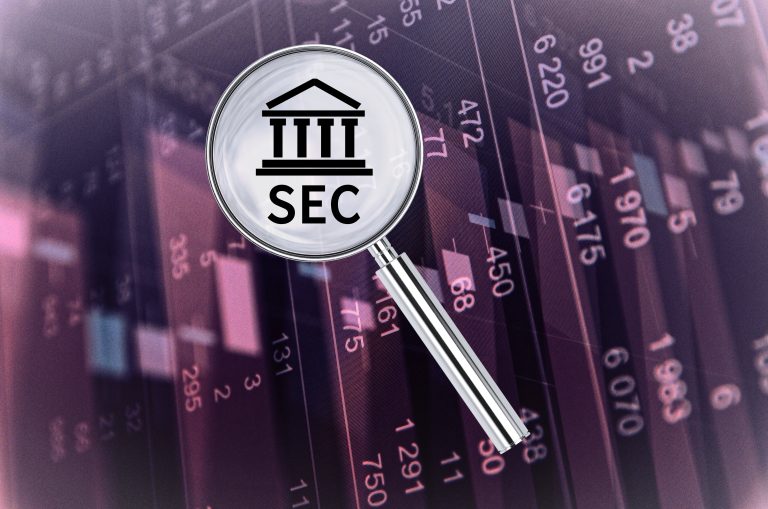The ever-evolving landscape of the financial industry demands constant vigilance from registered investment adviser (RIA) firms to ensure compliance with regulatory changes. One of the latest developments from the Securities and Exchange Commission (SEC) is the proposed Rule 223-1, or the Safeguarding Rule, aimed at updating the existing Custody Rule to address emerging challenges, such as the inclusion of alternative assets like cryptocurrency.
We’ll bring you up to speed on the SEC’s proposed safeguarding rule and what your firm can do to anticipate and meet these changes.
What is the SEC’s proposed safeguarding rule, and how can your firm meet the requirements?
It’s not enough for your RIA firm to stay up to date – you have to get ahead and stay ahead. These are the changes the SEC’s proposed safeguarding rule will bring to the financial industry if adopted and how your RIA firm can anticipate changes to the following areas:
- Expanded asset types.
The proposed safeguarding rule expands the definition of assets under custody away from funds and securities to, more broadly, ‘assets.
To anticipate this change, RIA firms should assess their client portfolios and identify any exposure to these alternative assets. This proactive approach enables firms to develop strategies for tracking, reporting and safeguarding these new asset types.
2. Qualified custodian requirements.
The rule introduces changes to the definition of a qualified custodian, requiring written confirmation of custody and reasonable assurances of asset protection.
RIA firms should establish clear communication channels with custodians and seek written confirmations of custody arrangements. Additionally, firms should establish procedures to review custodian reports and ensure compliance with protection assurances.
3. Exceptions to the qualified custodian rule.
The rule changes sets forth some exceptions to the qualified custodian rule. For instance, an adviser may be able to bypass the qualified custodian requirement in the event the ownership of privately offered securities is unable to be recorded and maintained by a qualified custodian.
RIA firms must understand the conditions for bypassing the qualified custodian requirement for privately offered securities. Firms should implement robust processes to verify the inability to record and maintain ownership, while also notifying independent public accountants as required. This involves thorough documentation and communication between the firm, custodian and accountants.
4. Surprise examination exceptions.
To anticipate the surprise examination exceptions, RIA firms should review their custody practices against the outlined criteria. For those eligible for exemptions, maintaining accurate records of discretionary authority, standing letters of authorization and direct fee debits is crucial. This documentation ensures a seamless compliance process if the exemption applies.
5. Standing letters of authorization (SLOA).
Under this proposed rule, the SLOA for funds transfers to a third-party would be codified.
“The rule would define SLOA as an arrangement among the adviser, the client, and the client’s qualified custodian in which the adviser is authorized, in writing, to direct the qualified custodian to transfer assets to a third-party recipient on a specified schedule or from time to time. In such an arrangement the client’s qualified custodian could not be an adviser’s related person. Such an authorization must include the client’s signature, the third party recipient’s name, and either the third party’s address or the third party’s account number at a custodian to which the transfer should be directed.”
6. Segregation of client assets.
Under these proposed changes, advisers will be required under Rule 223-1 to keep client assets segregated from their own proprietary assets.
RIAs should establish robust mechanisms to ensure client assets are segregated from proprietary assets. Implementing clear titling or registration procedures and conducting regular audits of asset segregation can prevent unintended commingling. By documenting client agreements regarding charges, liens or security interests, RIA firms can demonstrate compliance with segregation requirements.
7. Changes to Form ADV compliance.
Firms should start preparing to update their Form ADV disclosures to include additional information required by the proposed rule. This involves collecting accurate data on custody basis, client asset value and client categories. Adapting internal systems to capture and report this information can streamline the compliance process.
8. Staggered compliance dates.
RIA firms must be aware that the proposed changes also set forth staggered compliance dates. Large firms with over $1 billion in regulatory assets under management (RAUM) will have 12 months to comply, while smaller firms will have 18 months. Firms should establish a timeline for implementing necessary changes, allocating resources and adjusting processes accordingly.
As the financial industry evolves and regulations adapt, RIA firms must proactively embrace change to ensure compliance and maintain client trust. By understanding the rule’s implications and taking proactive measures, RIA firms can successfully navigate these changes, create thorough compliance programs, continue giving clients exemplary service and stay ahead of the curve.
Now is the time to lean into your resources and away from potential violations. Learn more about the COMPLY consulting services and solutions and how we can help your firm avoid violations, prepare for regulatory changes, update your policies and procedures and more!
